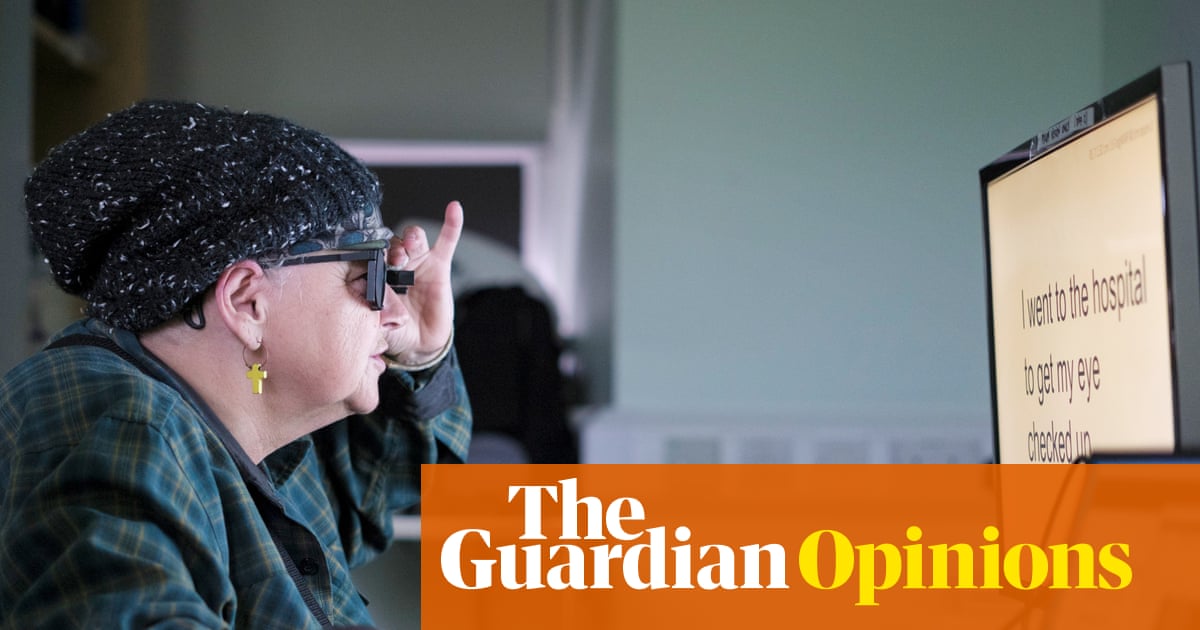
"The retina and the optic nerve are outgrowths of neural tissue, and the remarkable success of electronic implants in restoring sight shows how far brain-computer interfaces have come. These have not delivered a sci-fi vision of augmented humans with incredible new powers but, perhaps more happily, significant progress has been made, restoring ability and agency to those who have suffered injury or disease."
"Patients at several trial sites across Europe, including Moorfields eye hospital in London, were fitted with a surgically implanted microchip in their retina. Just 4mm square and 30 micrometres thick, the chip functions as a pattern converter. Visual information recorded by a camera in a pair of glasses is beamed to the chip via infrared light, which the chip converts to electrical signals detected by the retina, restoring the lost link between the eye and the brain."
"The line between mind and machine is shifting. Devices placed on the head to read brainwaves have allowed paralysed people to type. Prosthetics currently in trials are controlled by sensors placed on muscles and nerves remaining after amputation, and can feed back signals as well restoring a sense of touch and proprioception. Last year, in typical hard-charging fashion, Elon Musk's Neuralink venture implanted a chip directly into a volunteer's brain, allowing him to send basic commands to a computer."
The retina and optic nerve are outgrowths of neural tissue, enabling direct neural interfacing. Age-related macular degeneration causes progressive central vision loss and affects about 600,000 people in the UK. A surgically implanted 4mm by 30-micrometre retinal microchip converts camera-captured visual patterns into electrical signals delivered to the retina via infrared, restoring communication between eye and brain. In a 38-person trial, after one year 84% of patients could read letters and numbers, with average improvement of about five lines on an eye-test chart. Brain-computer devices and neuroprosthetics also enable typing, prosthetic control, and sensory feedback via neural or peripheral interfaces.
Read at www.theguardian.com
Unable to calculate read time
Collection
[
|
...
]